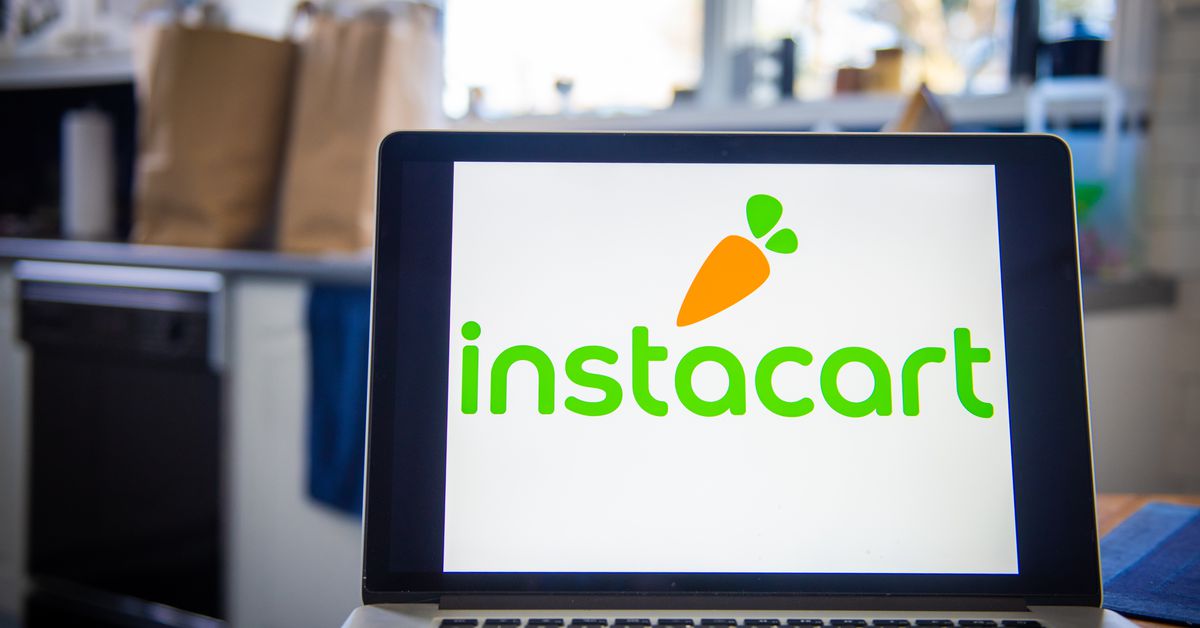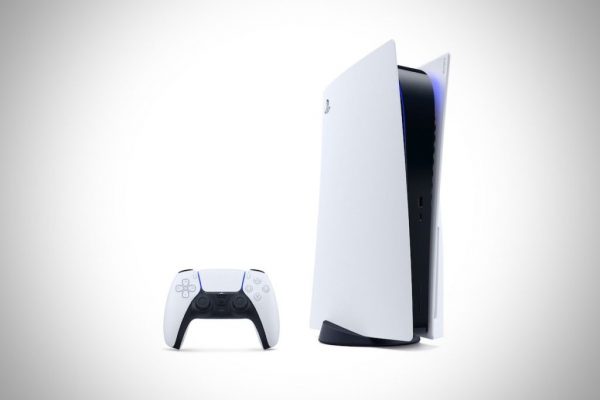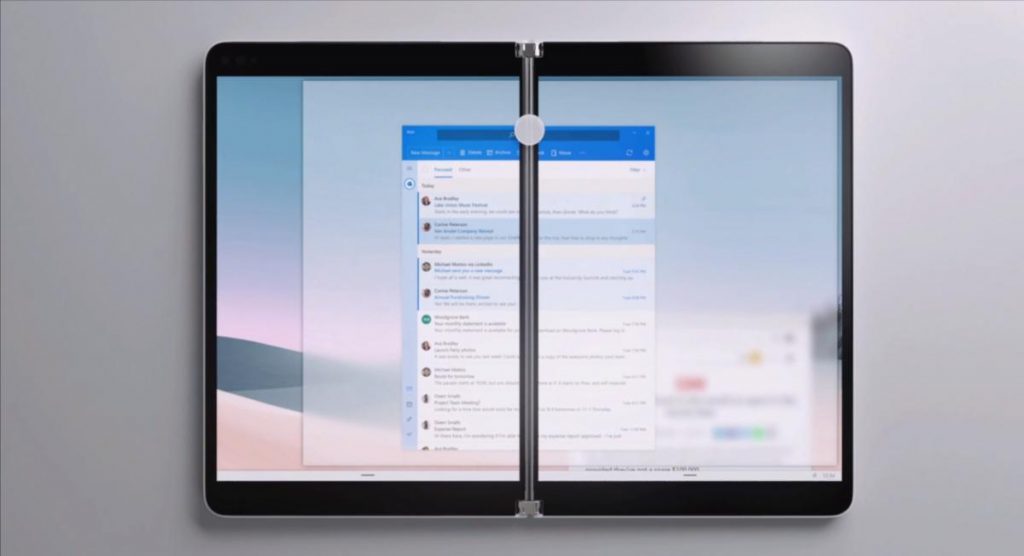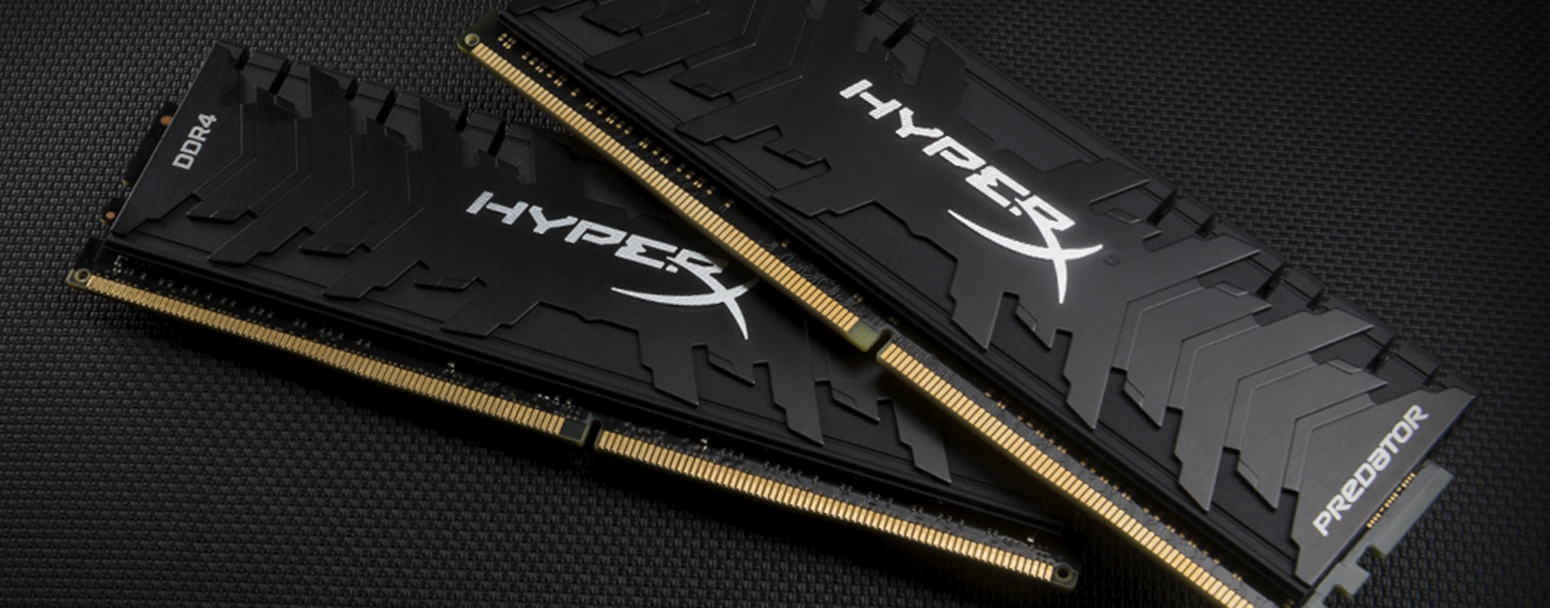Instacart is shifting to a primarily remote-first workplace, but employees say the company has arbitrarily chosen which teams have to come into the office in a way that hurts junior employees. Workers on the central operations team — which includes logistics and trust and safety — have been told they need to return to the San Francisco office three days a week starting in September and were not given a clear reason why.
“To a lot of employees this policy excluding us from permanent remote work is being interpreted as ‘we trust the majority of the company to be able to work remote permanently, but not these specific employees,’” says one employee who asked to remain anonymous for fear of professional retaliation. “Considering everyone has been remote for over a year, it’s very disappointing.”
Last week, the company announced that 70 percent of the workforce would be remote. “We asked our employees what they wanted the future of work at Instacart to look like, their response? Make it flexible,” a newly updated careers page says. “We know there’s no one-size-fits-all approach for how we do our best work, so we’re introducing a hybrid work environment for when it’s safe for our offices to re-open.”
Workers on central operations say they aren’t sure why they’re being required to come in. While companies like Facebook mandate in-office work for content moderators who handle sensitive information, Instacart is letting the central ops team work from home twice a week — and has allowed them to be fully remote for the past year.
In response to questions from The Verge, an Instacart spokesperson said: “Central Operations employees often work with sensitive proprietary information and data that is managed on-site in Instacart’s offices.”
The team, estimated to be around 100 people, includes many entry-level employees and workers who are new to the tech industry. Employees say the power imbalance makes it difficult to push back on the remote work policy. “A lot of the roles are easily replaceable,” says another worker who asked not to be named. “They can happily find someone else to fill that role if you’re not okay with the policy.”
On the anonymous chat app Blind, one user wrote that managers on the central operations team were told to “silence the issue, when reported, rather than find a solution.” While anyone with an Instacart email address can post on Blind, the comment scared employees who worried they’d be fired if they questioned the mandate. Two commenters say they plan to quit if the policy doesn’t change.
An Instacart spokesperson said it has never told managers to silence the remote work issue, adding: “We always encourage employee feedback on these policies and will continue to create forums for open discussion to ensure every Instacart employee feels engaged, productive, and successful.”
In an internal email obtained by The Verge, an Instacart director said in-person work was a “foundational element to professional growth, team cohesion, cross-collaboration, and sustained performance over time.” But the requirement does not apply to most other teams at the company, nor does it extend to senior managers in the central operations organization. Those employees are able to work remotely, popping into the office a “percentage of time” throughout the month, according to the internal note.
The tension between Instacart employees and management highlights the quandary that many tech companies will likely face as they begin to reopen their offices. While organizations like Twitter and Coinbase have committed to going fully remote, others are attempting a hybrid approach that will doubtless leave some workers frustrated.
That’s partly because many tech workers have moved outside of San Francisco. Natalie Holmes, a research fellow at the California Policy Lab, told the Los Angeles Times that the city was experiencing “a unique and dramatic exodus” amid the coronavirus pandemic.
Instacart employees on the central operations team were already upset about having to return to in-person work three days a week when the San Francisco Business Times published an article last week announcing most of the company would be remote. “The article put it in perspective that we were basically the only people who would be required in the office,” the anonymous employee says. “That threw the reason of ‘cross-collaboration’ out the window, since the teams we work with won’t be there.”













